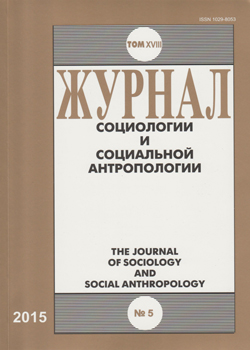Life Satisfaction among Young Adults in South-East Finland and North-West Russia (St. Petersburg and Leningrad region)
Keywords:
life satisfaction, life domains, young adults, quantile regression, Kymenlaakso, Leningrad region, St. Petersburg
Abstract
In this article, we analyse the life satisfaction of young adults and model its association with different life domains in South-East Finland and in North-West Russia. The cultural and societal differences of the regions are for example in the standard of living, social stratification, welfare systems and the distribution of well-being, which is supposed to create different patterns in the impacts of life domains on life satisfaction. The life satisfaction as a whole is analysed by quantile regression analysis, which makes it possible to compare the differences within countries and between countries in the quantiles of well-being. According to the results, Finnish society offers more diverse ways to improve life satisfaction than Russian society, which reflects the differences of the societies in institutional settings and equality. The results highlight the need maintain the equalitarian model in Finland especially in the regions which experience economic challenges. In Russia, more equal society could be created by the investments of public sector on social welfare.
Published
2015-09-20
How to Cite
Kallunki, V., Lehtonen, O., Borodkina, O., & Samoylova, V. (2015). Life Satisfaction among Young Adults in South-East Finland and North-West Russia (St. Petersburg and Leningrad region) . ZHURNAL SOTSIOLOGII I SOTSIALNOY ANTROPOLOGII (The Journal of Sociology and Social Anthropology), 18(5), 78–94. Retrieved from http://jourssa.ru/jourssa/article/view/431
Section
Capabilities and Life Choices of Young People

